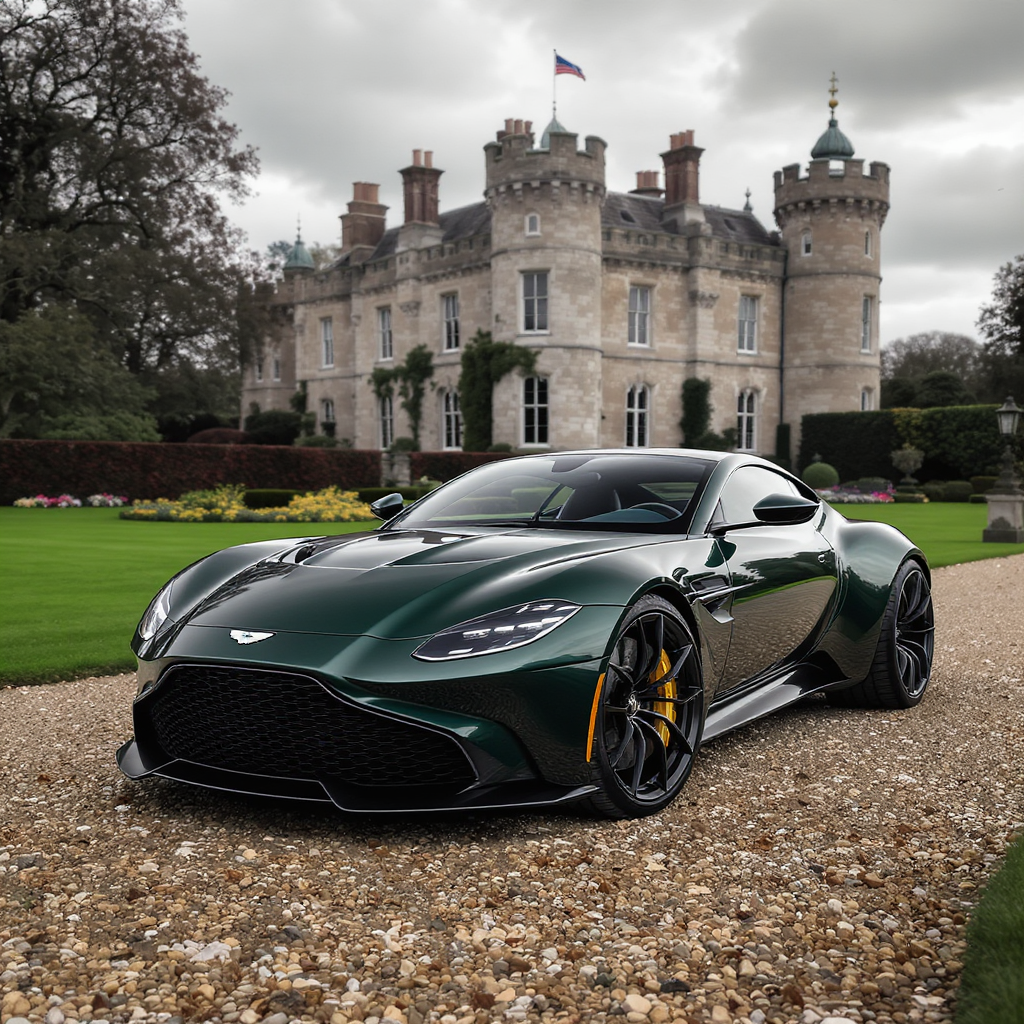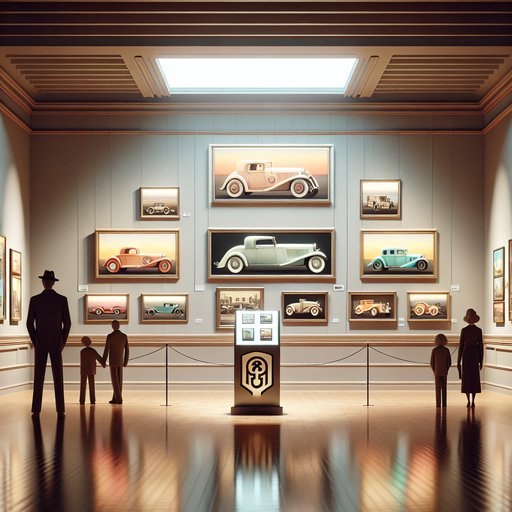
Museums and collections are revisiting renowned paintings that put automobiles at center stage, using fresh exhibitions, rehangs, and conservation insights to link studio practice with the history of mobility. Over the past two years, curators have clustered Andy Warhol’s ‘Cars’ canvases, Tamara de Lempicka’s chic Bugatti self-portrait, and American scene pictures by Grant Wood, Thomas Hart Benton, and photorealist Robert Bechtle to trace how artists turned vehicles into emblems of speed, status, risk, and everyday life. The result is a clearer view of how car culture shaped iconography across the 20th century and how audiences read these images today.
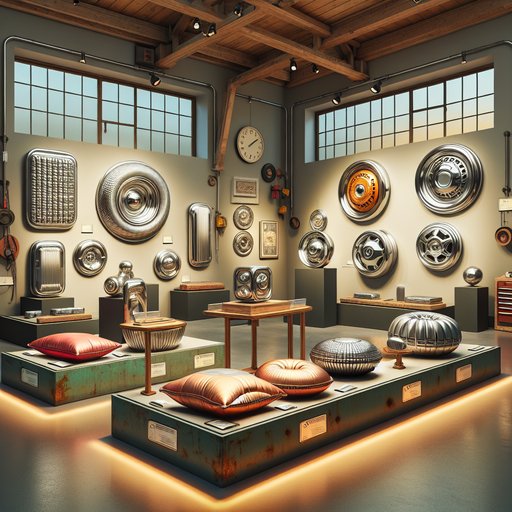
Across galleries and design fairs, artists are reimagining the automobile as a material library, transforming airbags, hubcaps, and body panels into furniture and sculptural objects. Curators cite both sustainability and cultural memory—chrome, lacquer, and safety textiles carry histories of movement and desire—while collectors embrace the hybrid category of functional art. The practice spans limited-edition design and museum-caliber sculpture, with institutions using it to discuss waste, repair, and craft. Over the past decade, these works have moved from studio experiments to centerpieces of themed exhibitions, drawing audiences who might otherwise meet such materials only on the street or in the scrapyard.
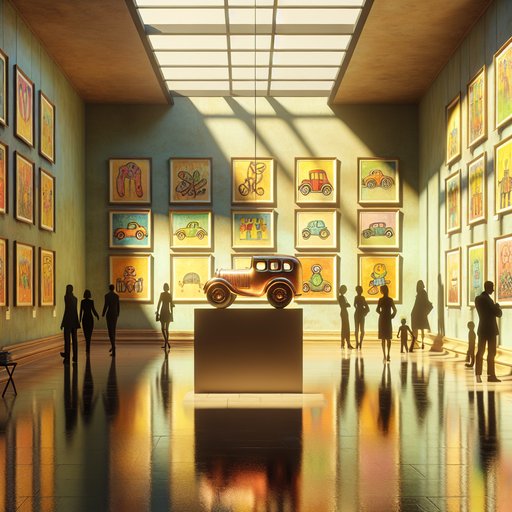
Across art classrooms and car museums, children’s drawings of imagined vehicles are migrating from sketchpads to gallery walls. Long-running programs such as Toyota’s global Dream Car Art Contest, alongside regional museum and community-center showcases, are giving young artists a platform to picture mobility through color, narrative, and design. Curators and car designers are collaborating on juries and displays, treating these works as more than charming ephemera and reading them as cultural weather reports on sustainability, safety, and play. As autumn exhibition calendars fill, institutions are pairing youth drawings with workshops and talks, using the accessible subject of cars to invite first-time museum visits and spark cross-generational conversations about how art shapes the way we move.
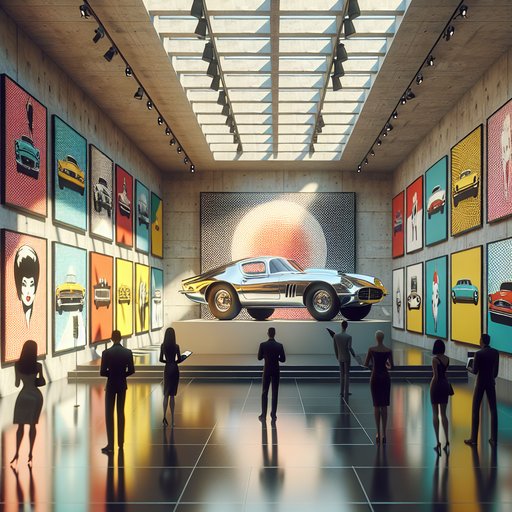
From Los Angeles to Paris, institutions have been revisiting Pop Art’s fascination with the automobile, pairing canvases with carburetors and putting iconic “art cars” back in public view. Over the past two years, museum programs have foregrounded Andy Warhol, Roy Lichtenstein, and pop-adjacent figures whose work captured mass-market mobility and desire. The result has been exhibitions that bridge design and fine art, court both car clubs and art audiences, and reframe the car as a symbol, surface, and stage.
